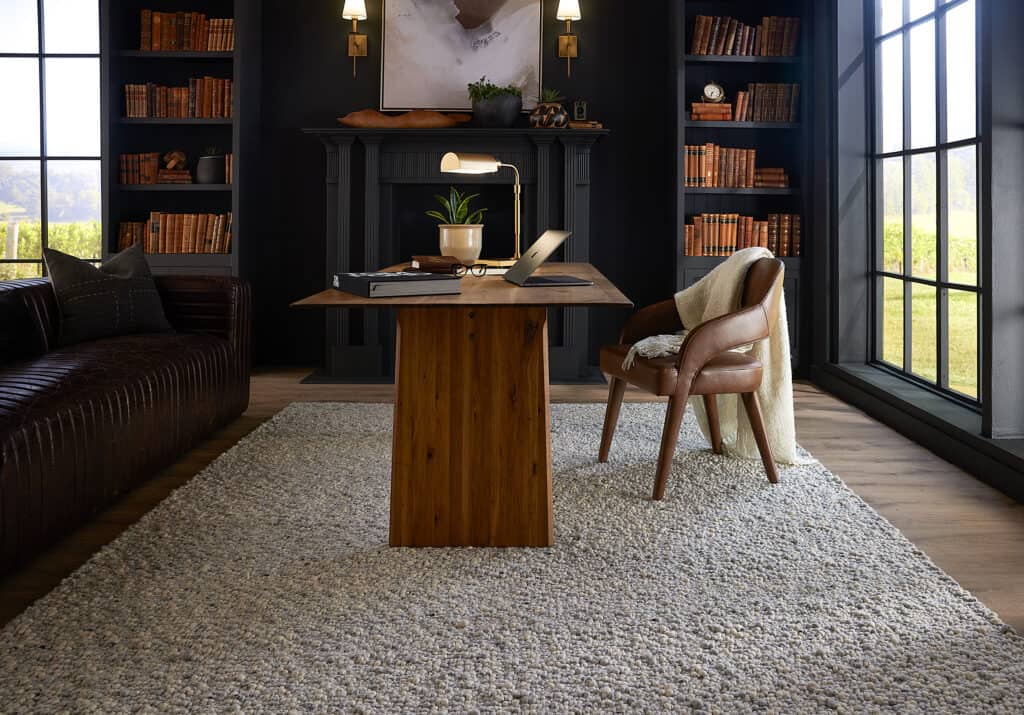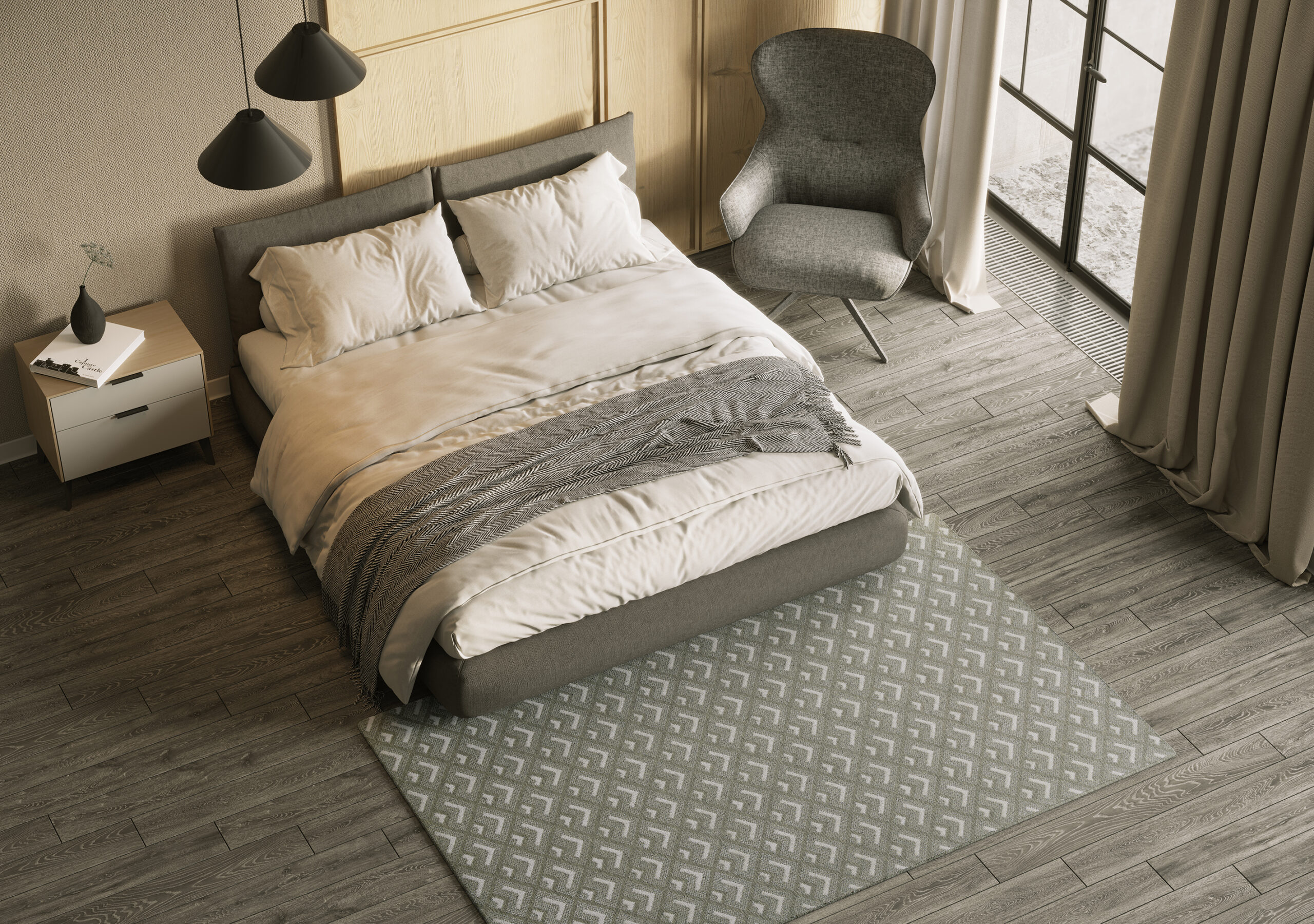When you think of wool, does a scratchy, itchy sweater come to mind? If so, you’re not alone. This common experience leads countless people to believe they’re “allergic to wool.” But here’s the surprising truth: for most, that uncomfortable sensation isn’t an allergy at all.
Let’s unravel this persistent myth and discover why wool, particularly in the form of carpet, might actually be a surprising ally in creating a healthier home environment, especially in an age where allergies and asthma are increasingly common.

The Wool “Itch” Myth: Why It’s Not an Allergy
The itchy reaction to a wool sweater is similar to the scratchy feeling on your neck after a haircut as short, fine hairs get caught in your clothing. The “tickle and prickle effect” of wool is largely due to the diameter of the individual fibers. Coarser fibers bend less easily, and their ends can irritate nerve endings in the skin. However, advancements in wool processing and the increasing use of finer wool types mean that modern wool products, especially carpets, are incredibly soft and comfortable. True allergic reactions to the wool fiber itself are exceedingly rare.
Wool: Nature’s Hypoallergenic Fiber
Here’s a surprising truth: wool is a lot like your hair. Both are made of keratin protein, share a similar intricate structure, and continuously regrow, necessitating a trim – or, in the case of sheep, shearing. And just like human hair, wool fiber is naturally hypoallergenic. This means it is inherently less likely to cause an allergic reaction.
At a time when allergies are on the rise, this natural property makes wool carpet a smart and beneficial choice for your home.
How Wool Actually Helps with Allergies and Asthma
Far from being an allergen trigger, wool possesses unique characteristics that actively contribute to a healthier indoor environment, making it an excellent choice for homes with kids who battle allergies and asthma.
- Natural Air Filter: Wool fibers are incredibly complex, with a scaly, crimped structure. The overlapping edges act like a natural sieve, effectively trapping airborne particles like dust, pollen, and pet dander. Instead of circulating freely in the air (as they often do over hard surfaces), these allergens are held within the carpet pile until they’re easily removed by vacuuming. This significantly reduces the amount of irritants floating around your living space.
- Too Large to Inhale: Unlike microscopic dust particles that can be easily inhaled, wool fibers are simply too long and too coarse to be breathed in. This eliminates a common pathway for allergens to enter the respiratory system.
- No Harmful Emissions: Being a natural fiber, wool carpet won’t off-gas harmful Volatile Organic Compounds (VOCs) or other chemical emissions that can irritate respiratory systems and contribute to indoor air pollution. Many synthetic carpets, derived from petroleum, can be sources of these irritants.
- Discourages Dust Mites and Bacteria: The most common single cause of asthma is sensitization to house dust, or more precisely to dust mites. Wool’s breathable fiber structure and its natural ability to manage moisture create an environment that does not promote the growth of bacteria or dust mites. These common allergens thrive in damp, warm conditions, which wool naturally resists.

While wool carpet offers several advantages for allergy and asthma sufferers, it is important to note that proper cleaning is essential. Regular vacuuming with a HEPA filter is crucial to removing trapped allergens and maintaining a healthy environment.
Embrace the Benefits of Wool
So, the next time you’re shopping for carpet, consider wool. This natural fiber choice isn’t just luxurious, durable, and sustainable; it’s also a smart decision for a healthier home. By naturally trapping allergens and maintaining a cleaner indoor atmosphere, wool carpets help your whole family breathe easier and enjoy a truly comfortable living space.